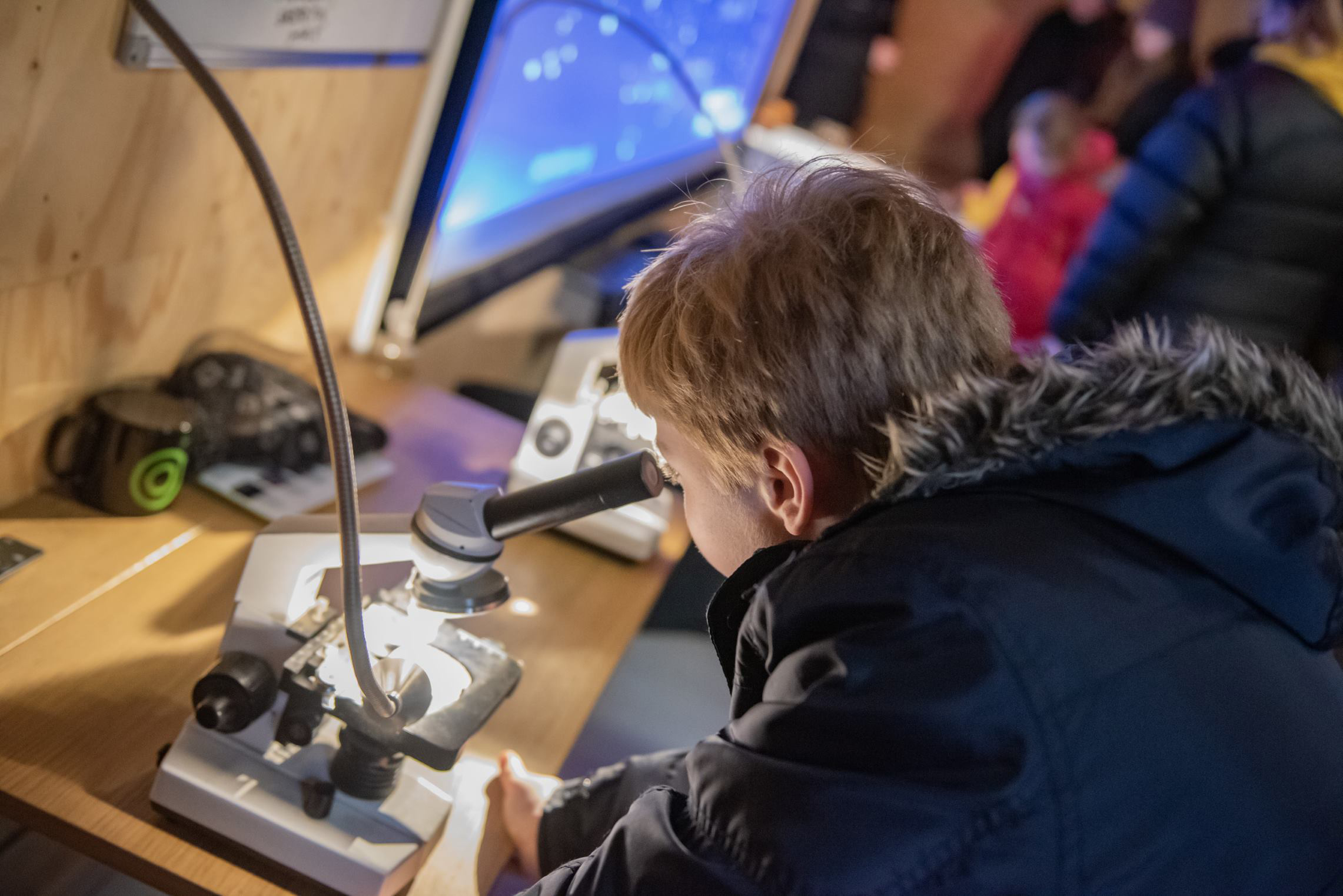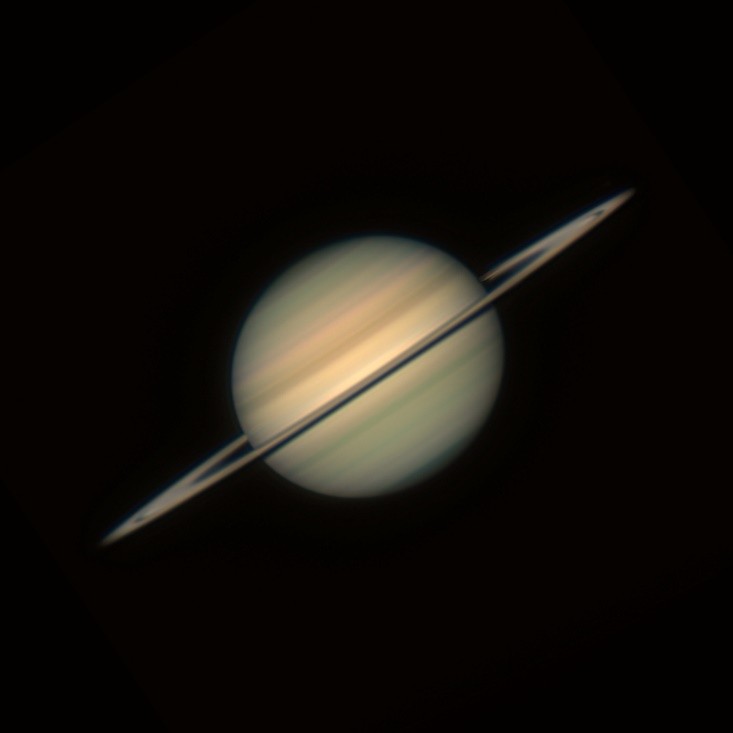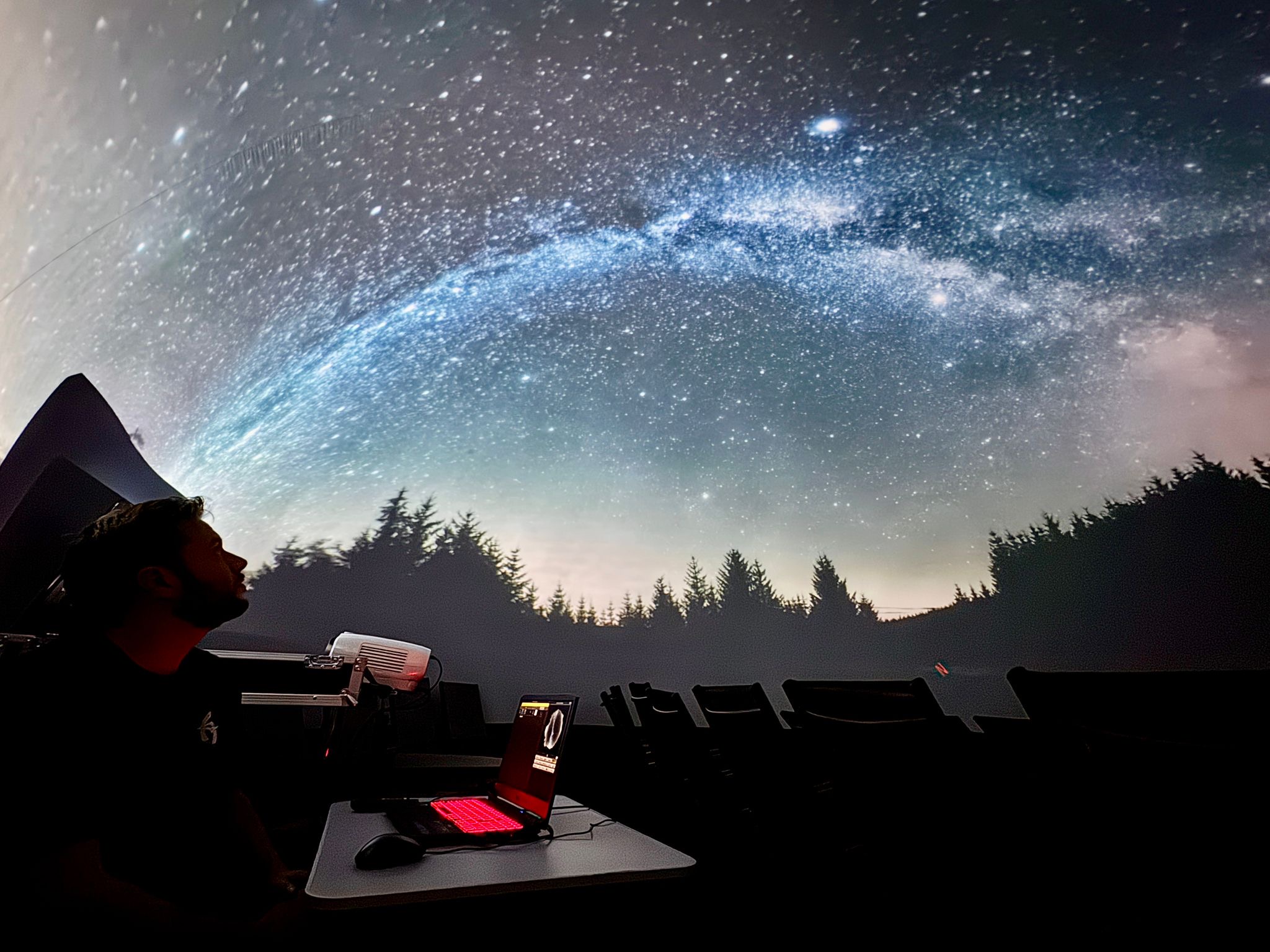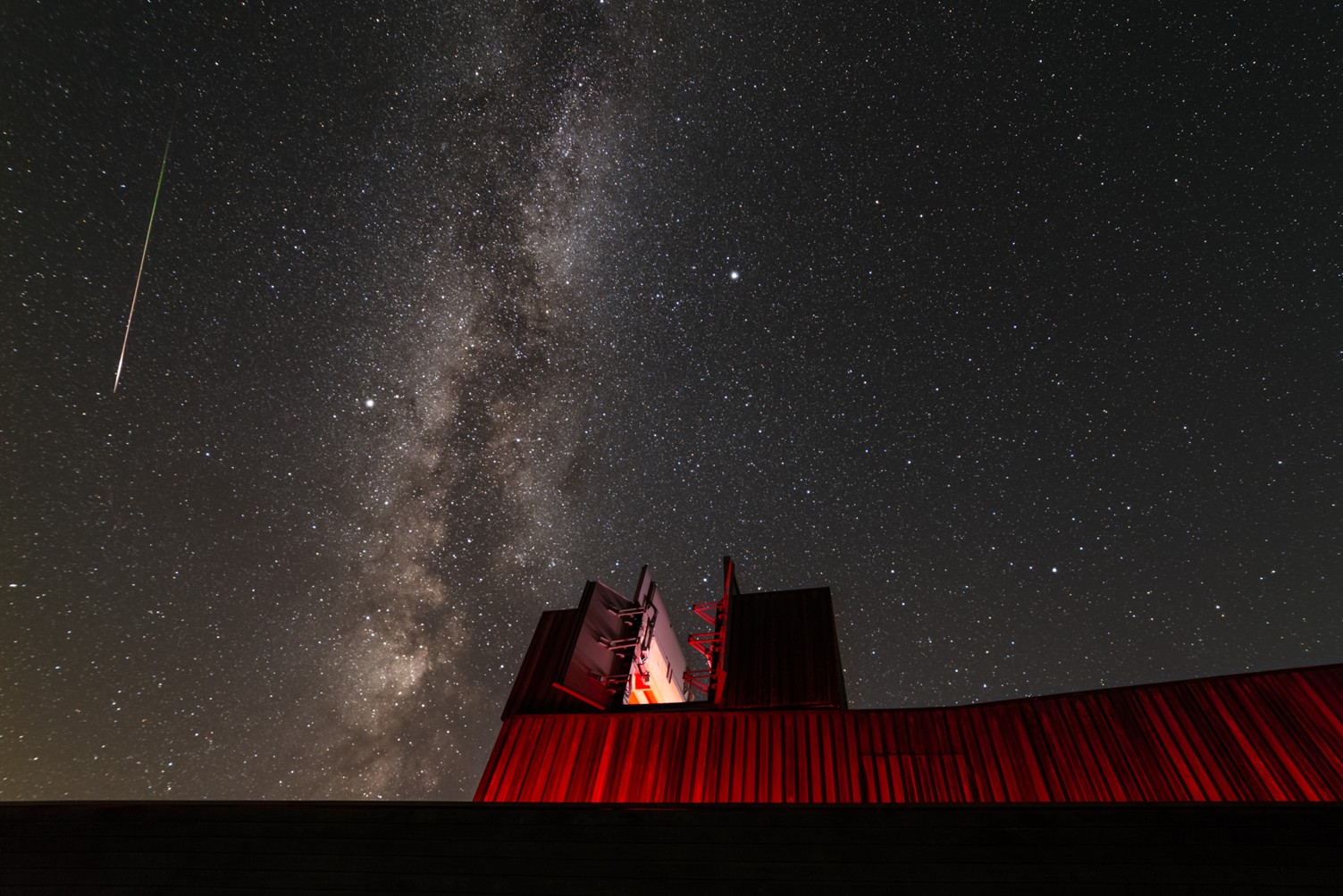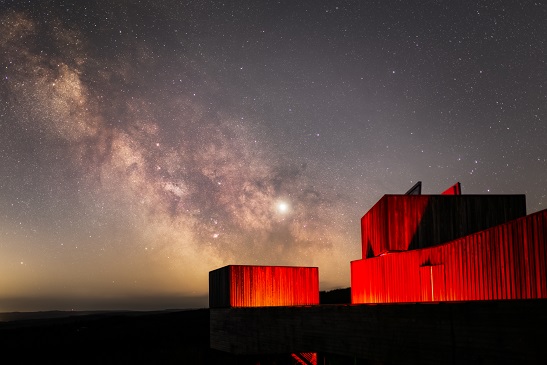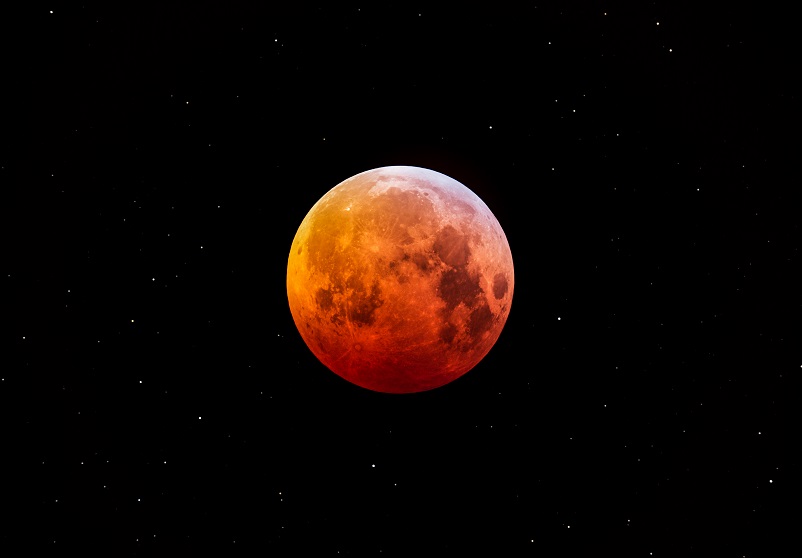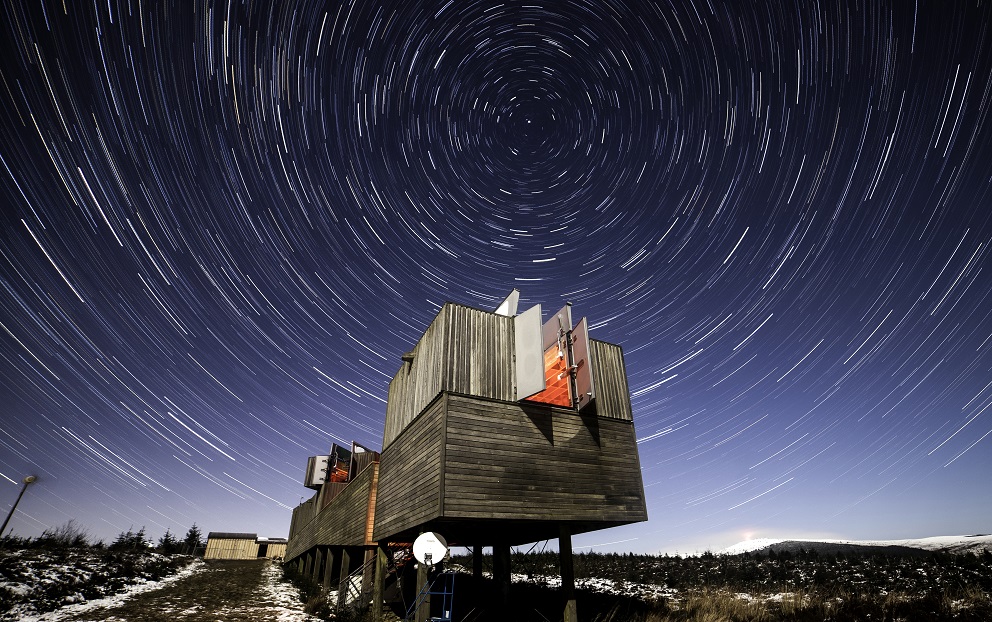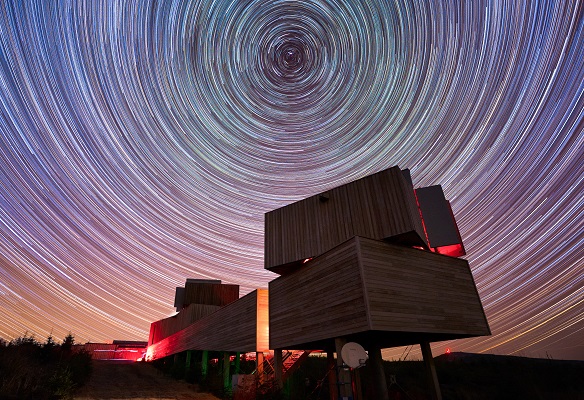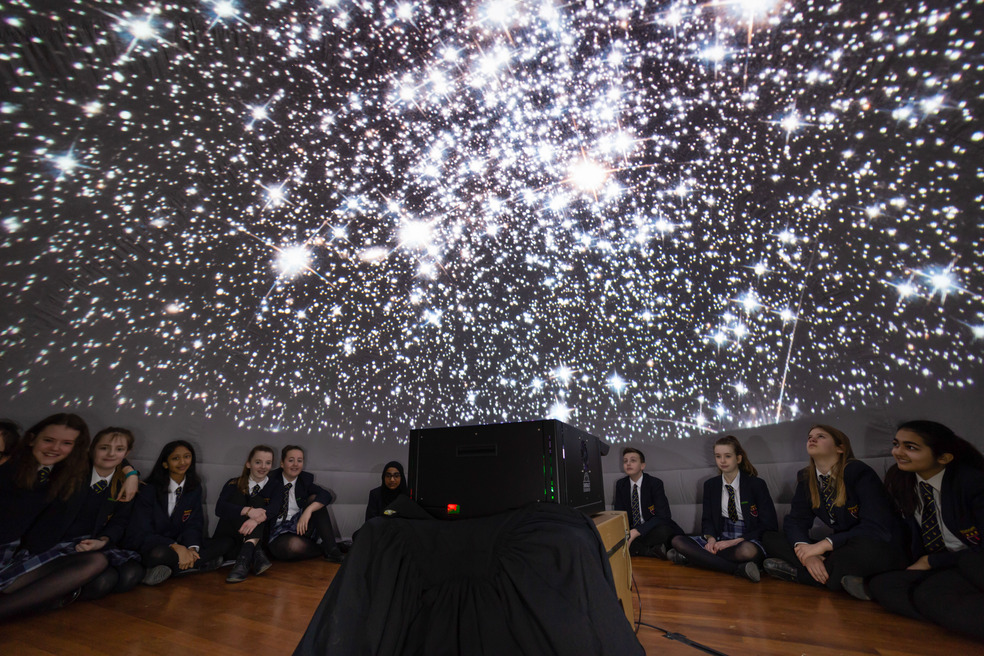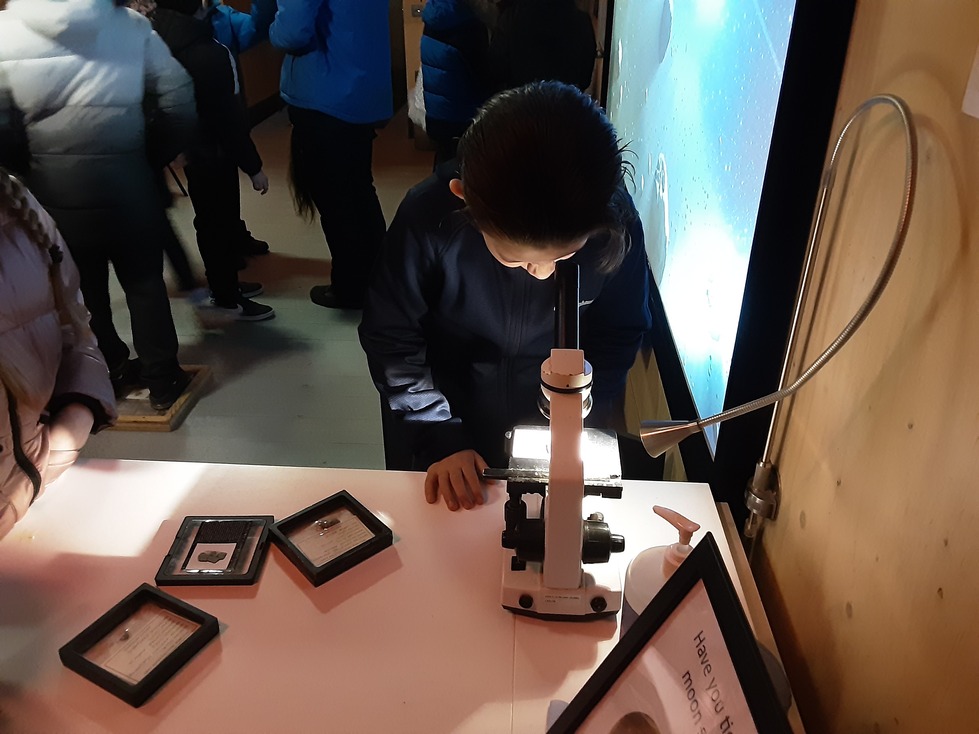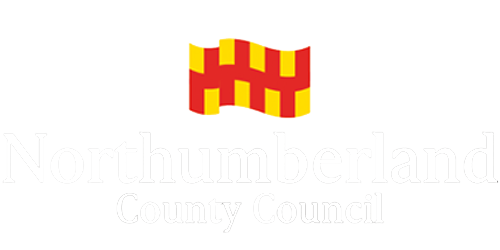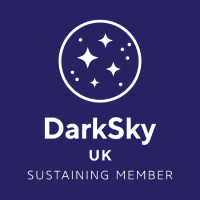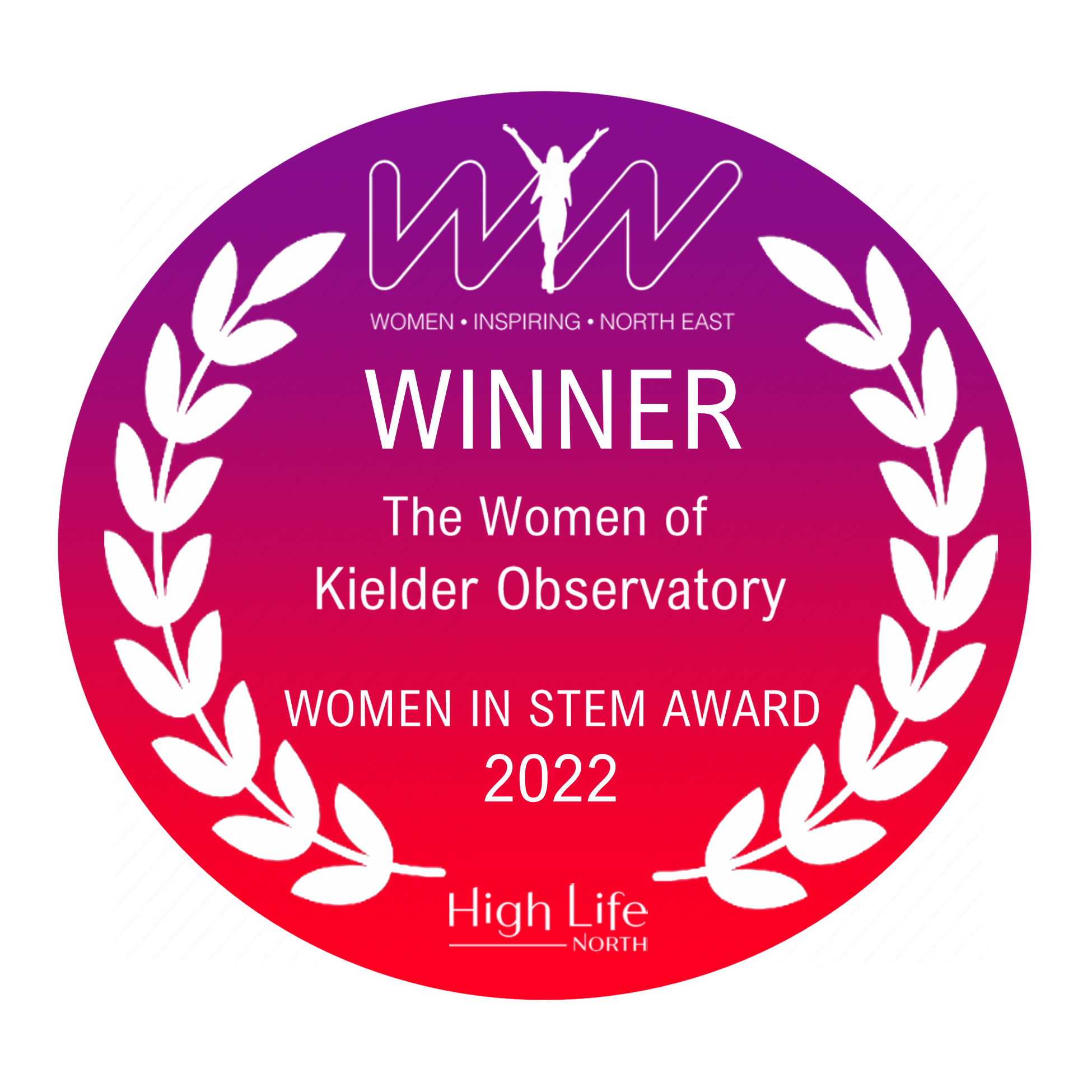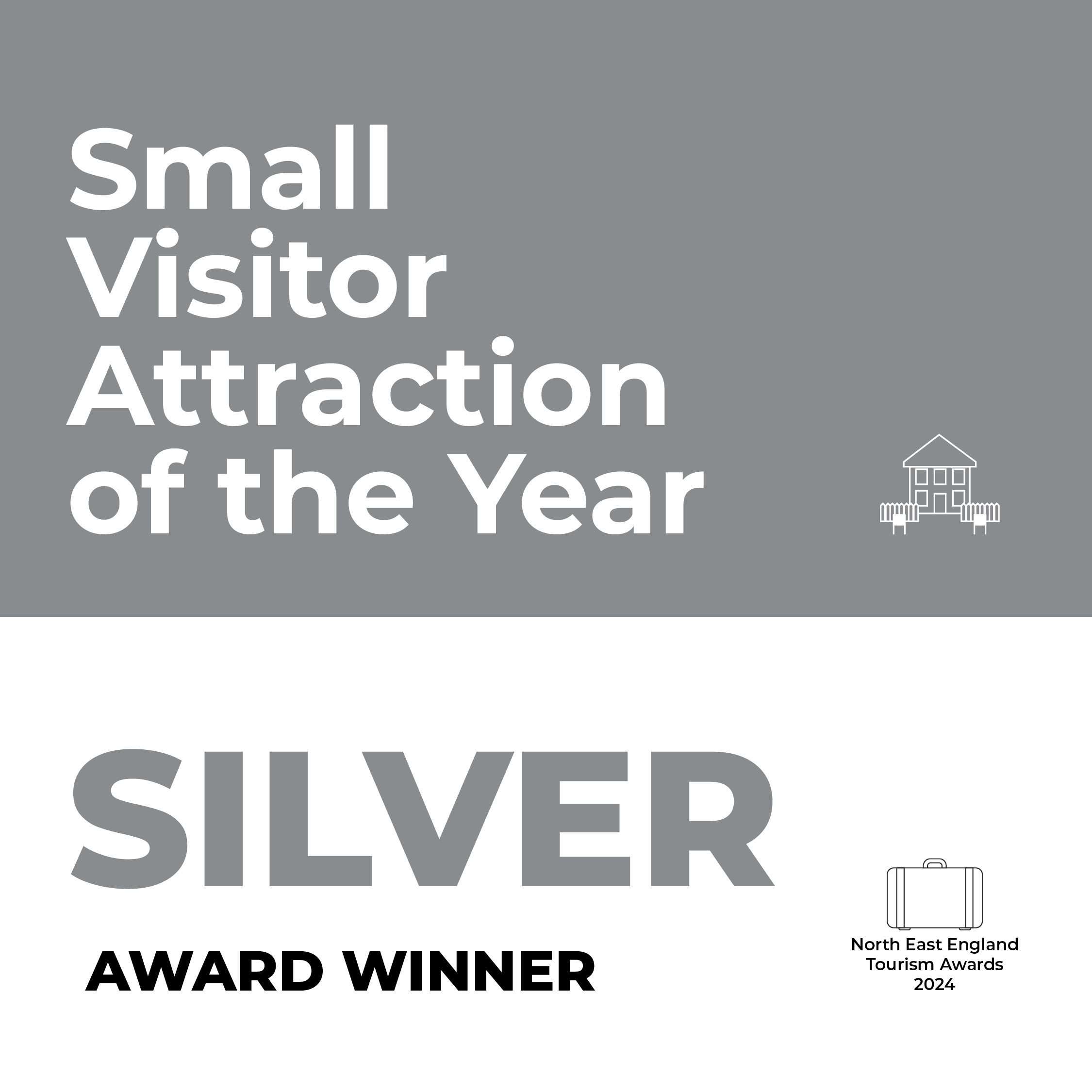

TESTERTESTERKielder Observatory is a public outreach astronomical facility located in Kielder Forest, in some of the darkest skies in Europe and the third largest protected Dark Sky reserve in the world.
Located in Northumberland, England. It is situated just half a mile from the Scottish border on Black Fell near James Turrell’s Kielder Skyspace. The site was chosen as one of the locations in the UK which has the least amount of intrusive light pollution.
The primary function of the observatory is outreach via public events. The goal being to bring in members of the public of all ages from school children in primary school, and upward. The aim being to engage in discussions and observations of the Universe. We to do this in a way that is friendly, informative and interesting, through our amazing team of astronomers, guest speakers and volunteers.
We run about 700 public events at the observatory each year which means we are open for our visitors almost every night of the year.
The idea behind Kielder Observatory.
The observatory hosts upwards of 40 of these amazing events every month, designed for members of the public. Since its opening in 2008, the observatory has played host to over 56000 people in groups of 40, to observe, and engage with the night sky, via talks, activities and telescope observing sessions.
The Observatory was opened by Sir Arnold Wolfendale, 14th Astronomer Royal, and has a design in keeping with the ethos of the forest, not only in style but also being environmentally friendly. The observatory look is the result of a design competition, tendered to over 230 architectural firms around the world, and which was won by Charles Barclay Architects, based in London.
One key requirement of the observatory design is that it should be in keeping with the surrounding forest and environmentally friendly, and as such it is solar and wind powered. The building was constructed using local materials, such as Sitka spruce and Siberian larch, and won the RIBA award for architectural design in 2009.
The observatory is administered by a team of full time staff, and a large group of volunteers who have collectively created the Kielder Observatory Astronomical Society. Their aim is to bring astronomy to surrounding community, and to promote not only the amazing dark skies, but also the beauty that is the Northumberland countryside.
Our observatory has featured on BBC’s Sky at Night Television show, and in the wonderful “Robson Green’s Tales from Northumberland”.
The Observatory is owned by the Forestry Commission and leased to Kielder Observatory Astronomical Society
Our equipment
For the astronomers and astro imagers who wish to visit and utilise our facilities we offer specialist themed astro photography nights. You are welcome to bring yuur own cameras, telescopes and other equipment or utilise some of our equipment (weather permitting)
Our equipment includes
Meade LX200 16" ACF (Advanced Coma Free) Telescope mounted on a Paramount ME2 telescope mounting
Full computer control of this is provided by SKY X Software
Atik 314L+ Cooled CCD Camera controlled by Art Capture Software
Numerous Skywatcher HEQ5 and EQ series mounts/Synscan handsets
Astrotrac Mount
Meade 127mm Triplet APO
Stellavue 70mm Reftractor
20" Split Ring Equatorial truss tube telescope with Argo Navis push to control
Coronado Maxscope 60 (0.5A model)
Astronomy Links
Kielder Observatory is happy to link to the following superb sources of information on astronomical events, highlights in the night sky and much more.
Astronomical publications
Sky and Telescope
Astronomy U.S
BBC Sky at Night Magazine
BIS Spaceflight
Websites
Space.com
Universe Today
Spaceweather.com
APOD - Astronomy Picture Of the Day from NASA
NASA
ESA
BBC Science
Deep Space Network
Kielder Weather
Podcasts
Astronomy Cast
Astronomy FM
The Jodcast
Free software
Stellarium a photo realistic planetarium package for Linux/Mac OSX/Windows/Mobile Phone
Celestia A more complex package which allows you to see the universe from other stars/planets
Cartes du Ciel A more serious package for advanced observers.
We look forward to seeing you soon at the amazing Kielder Observatory




